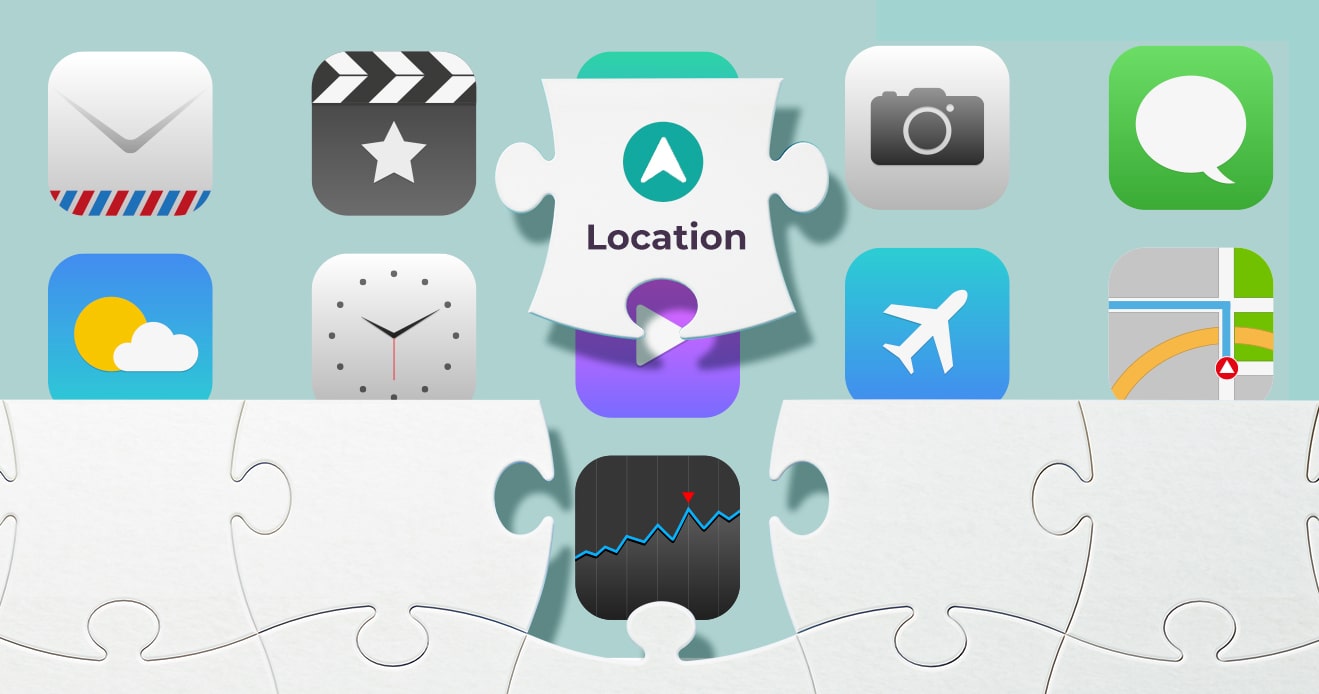- Blog
- 5 Industries Location Identity Can Help Increase Trust & Safety
5 Industries Location Identity Can Help Increase Trust & Safety
Why you should add Precise Location Information to your Trust and Safety toolbox
Subscribe to Incognia’s content
Trust and Safety teams have the goal to create policies and build processes that keep the users of their platform safe. However, the tools used by these teams are not purposely designed, and in some cases these teams try to leverage existing financial fraud solutions and repurpose them for Trust & Safety.
For example, Marketplaces may already have payment-related fraud solutions, which Fraud teams use to protect customers from financial fraud. In some cases, these platforms are also leveraged by T&S teams to make sure trusted users stay on the platform while repeat offenders are blocked.
While some of these solutions may provide acceptable results, Incognia has seen that they are not optimal.
Key TakeAways
- Location identity can help Trust & Safety teams across mobile apps in their mission to reduce risk of fraud and harm.
- While IP addresses and OS-level GPS intelligence can be spoofed, spoof-resistant location technology is a powerful anti-fraud device for T&S.
- Fraudsters can use location spoofing to abuse platforms, but spoof-resistant location identity can help block these bad actors and reduce fraud.
In the case of trust & safety, one of the signals that can help discern a good user from repeat offenders is the physical location of the user, that’s to say, where the user is located and its unique location behavior patterns. One thing that's common to all the different Trust and Safety use cases is that bad actors want to hide their true location to avoid being caught.
Scammers, fraudsters and other types of bad actors in the digital world hide behind fake names, pictures, emails, phone numbers and even documents. They also hide their location by spoofing this information.
Because traditional fraud prevention solutions are primarily focused on PII, payment data and device data, they are in many cases not optimized to analyze location information at a more granular level. The challenge is that for many Trust and Safety use cases, high-quality verified PII data (like with doc + selfie IDV processes, that usually create too much friction for Apps outside of financial services) and payment information are not available, Trust and Safety professionals have to rely only on device IDs and on poorly verified PII data.
The missing data point is exactly location and its use cases for Trust and Safety will be described below.
Most of the traditional fraud prevention solutions used in T&S have location capabilities based on IP address, which means they have a low resolution (from 10Km to 250Km), or GPS, which is easily spoofable in many ways. Based on Incognia’s experience with T&S teams, applying a much higher location resolution (3m to 25m) using GPS and WiFi sensors on the user’s Mobile Phone, makes it easier to allow T&S teams to do their job. Here are four cases where incognia has seen Trust and Safety operations teams successfully use precise location to solve T&S issues.
1. Mobile Food Delivery and Ride Sharing Apps
Some fraudulent drivers use GPS spoofing techniques to spoof their location on Food Delivery Apps. This allows them to:
- Secure higher value deliveries or rides, showing them nearer or further away from the pick up / delivery point.
- Charge for undelivered orders or fake rides, showing their fake delivery position on the map.
- Create fake accounts at scale from a fraud farms, which are undetectable if location spoofing is active. These accounts are later used for promotional abuse or as burner accounts for fraudulent drivers / couriers.
By using Incognia Location Spoofing technologies, Food Delivery and Ride-sharing Apps have been able to identify these fraud attempts and stop fraudulent couriers.
The same applies for ride-hailing apps. Watch below a video about how those types of fraud work.
2. Mobile Gaming Apps
Some fraudulent Players spoof their location to collude and cheat other players. In some cases, location spoofing is also used to defeat jurisdictional regulations.
By using Incognia Location Spoofing technologies, Mobile Gaming Apps have been easily able to detect these fraud attempts and block fraudulent players.
3. Vacation rental marketplaces Apps
Some fraudsters create fake listings and fake reviews while remaining in the same physical location, a fraud farm.
By using Incognia Location Identity technologies, marketplaces can easily create a watchlist of the fraud farm locations originating multiple suspicious accounts and thus bar the fraudulent sellers acting from these suspicious locations.
4. Mobile Dating Apps
Romance scammers may use location spoofing to disguise their real location, which is requested by most apps, to hide their true location and avoid being caugth by law enforcement.
Incognia Location Spoofing and Location Identity technologies can detect these fraud attempts by detecting location spoofing and multiple accounts associated with a common location. Mobile dating apps watchlist specific locations with high fraud instances. By using Incognia Location Spoofing and Location Identity technologies, Mobile Dating Apps could easily identify repeat offenders.
Conclusion
The current Trust & safety tools, derived from existing payment fraud detection platforms, are not effective on some types of Trust and Safety issues.
By leveraging Location Spoofing and Location Identity technologies (like the one from Incognia), it’s much easier for Trust & Safety teams to recognize trusted users and to identify and block repeat offenders.
To learn more please read our Location Spoofing Solution Page.




